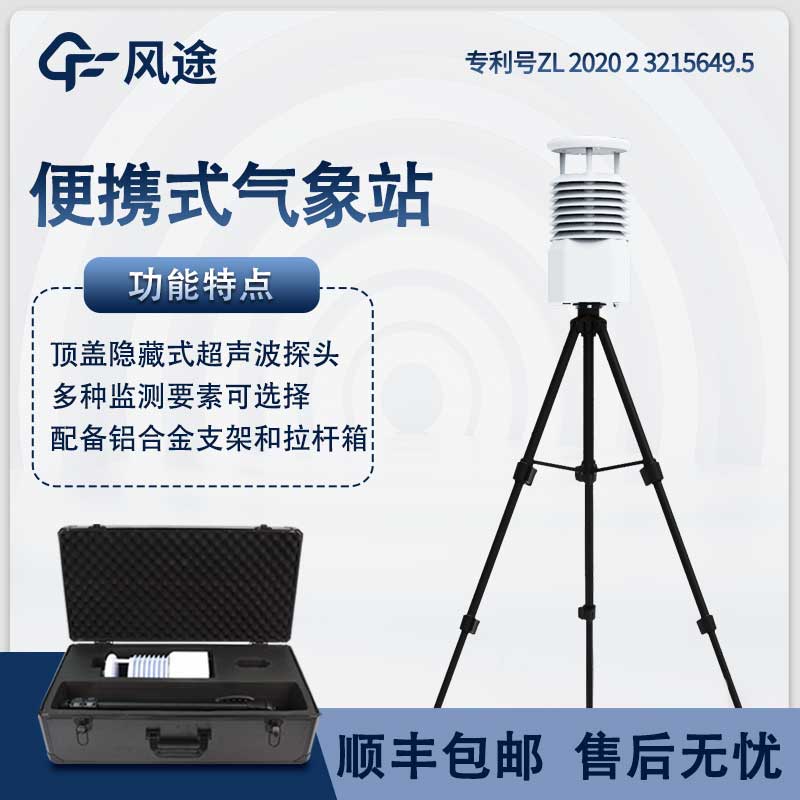Meteorological environment monitoring equipment supplier
Insist on doing high-precision customer favorite technology products
A Portable Weather Station based on the Internet of Things (IoT) is a meteorological monitoring device. Leveraging IoT technology, it integrates multiple high-precision, miniaturized meteorological sensors, such as air temperature and humidity sensors, barometric pressure sensors, wind speed and direction sensors, rain gauges, and illuminance sensors. These sensors can real-time perceive changes in environmental meteorological elements and convert these changes into electrical signals.
Inside the device, a microcontroller or single-chip microcomputer serves as the core component, receiving electrical signals from the sensors. It performs preliminary analog-to-digital conversion and data processing on these signals, then transmits the processed meteorological data stably to a cloud server via wireless communication technologies such as 4G or Bluetooth. At the cloud end, the data is centrally stored, organized, analyzed, and managed. Through big data analysis and machine learning algorithms, deep mining of massive meteorological data is achieved, enabling functions such as visual display of meteorological data, historical data query, meteorological forecast and prediction, and sending meteorological early warning information to users based on preset thresholds.
Users can access the meteorological data on the cloud platform anytime, anywhere through terminal devices such as mobile phones, tablets, and laptops, viewing real-time meteorological information, historical data curves, early warning notifications, etc., to achieve remote monitoring and management of the weather station.
The Portable Weather Station is compact in size and lightweight, making it easy to carry and install. It is suitable for rapid deployment in different locations and scenarios, such as field investigations, emergency rescues, and temporary events. It can flexibly select and configure the types and quantities of sensors according to different monitoring needs and application scenarios, and can also be integrated with other devices or systems to expand application functions.
